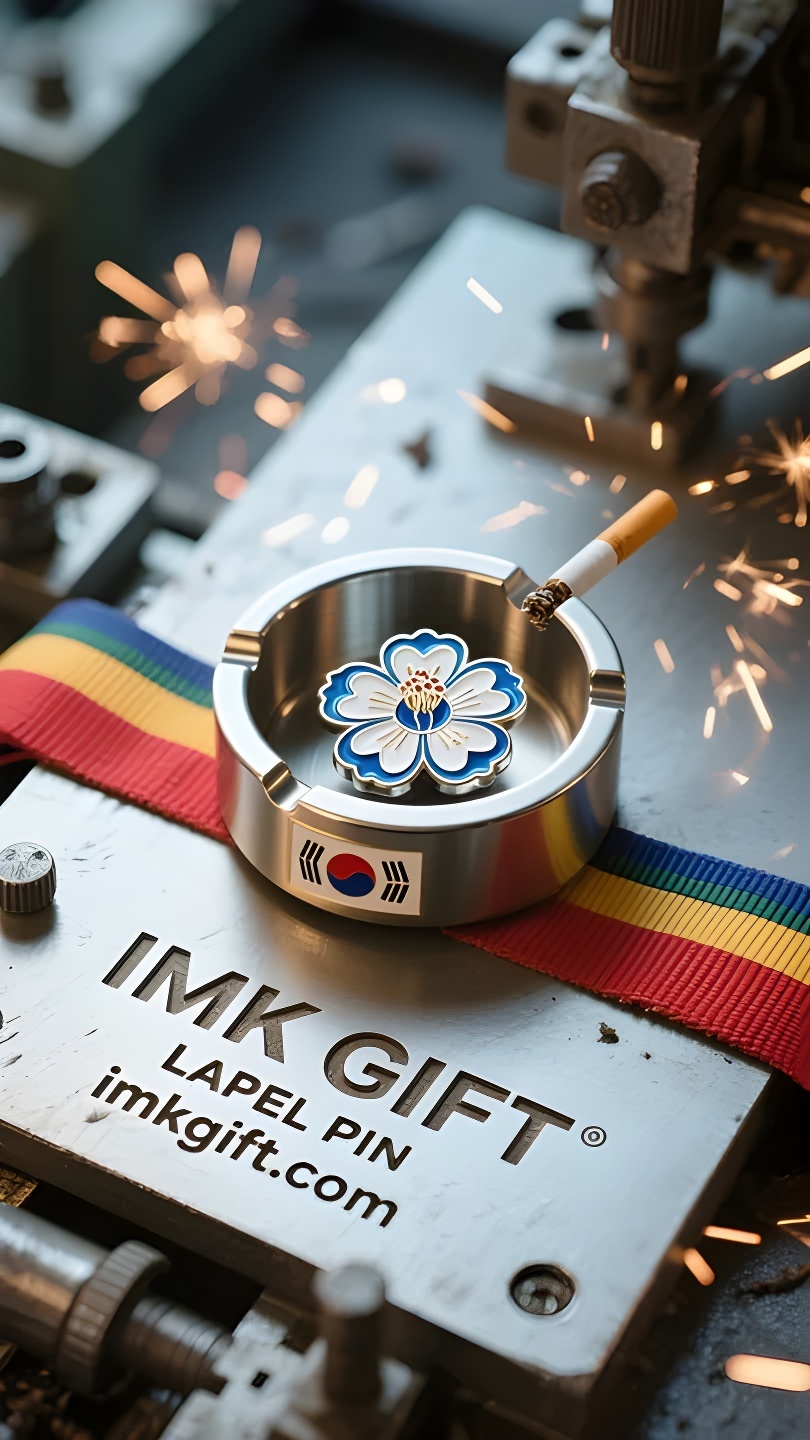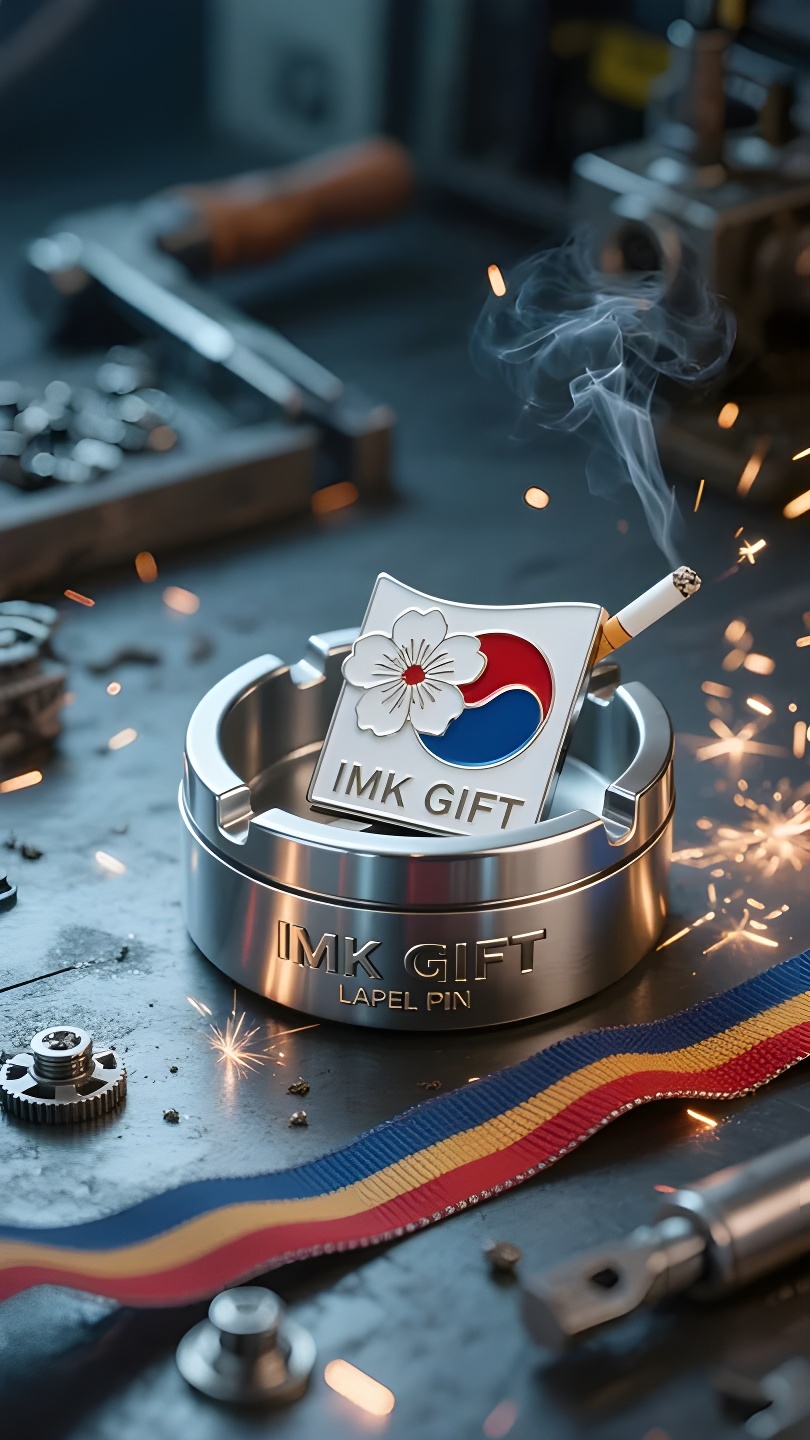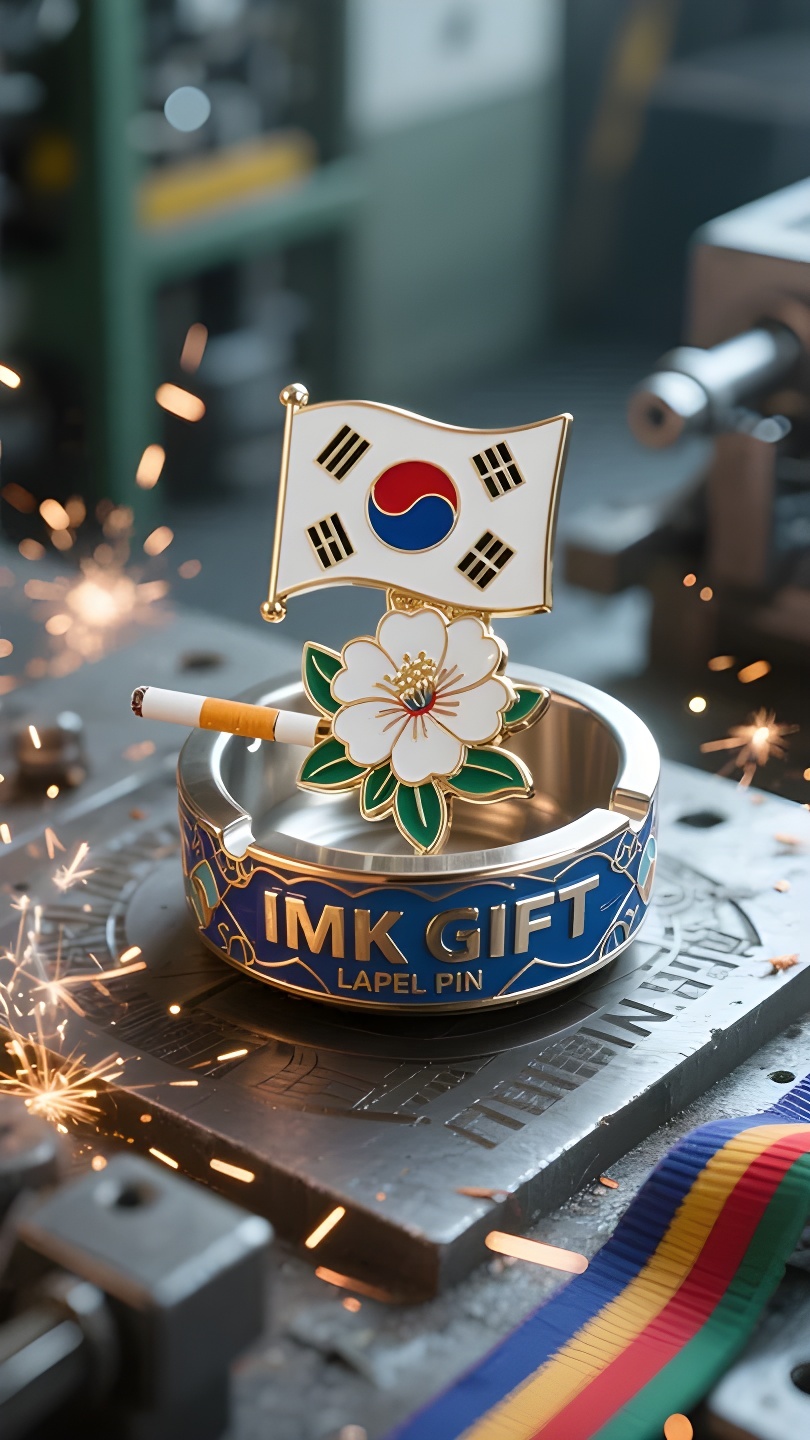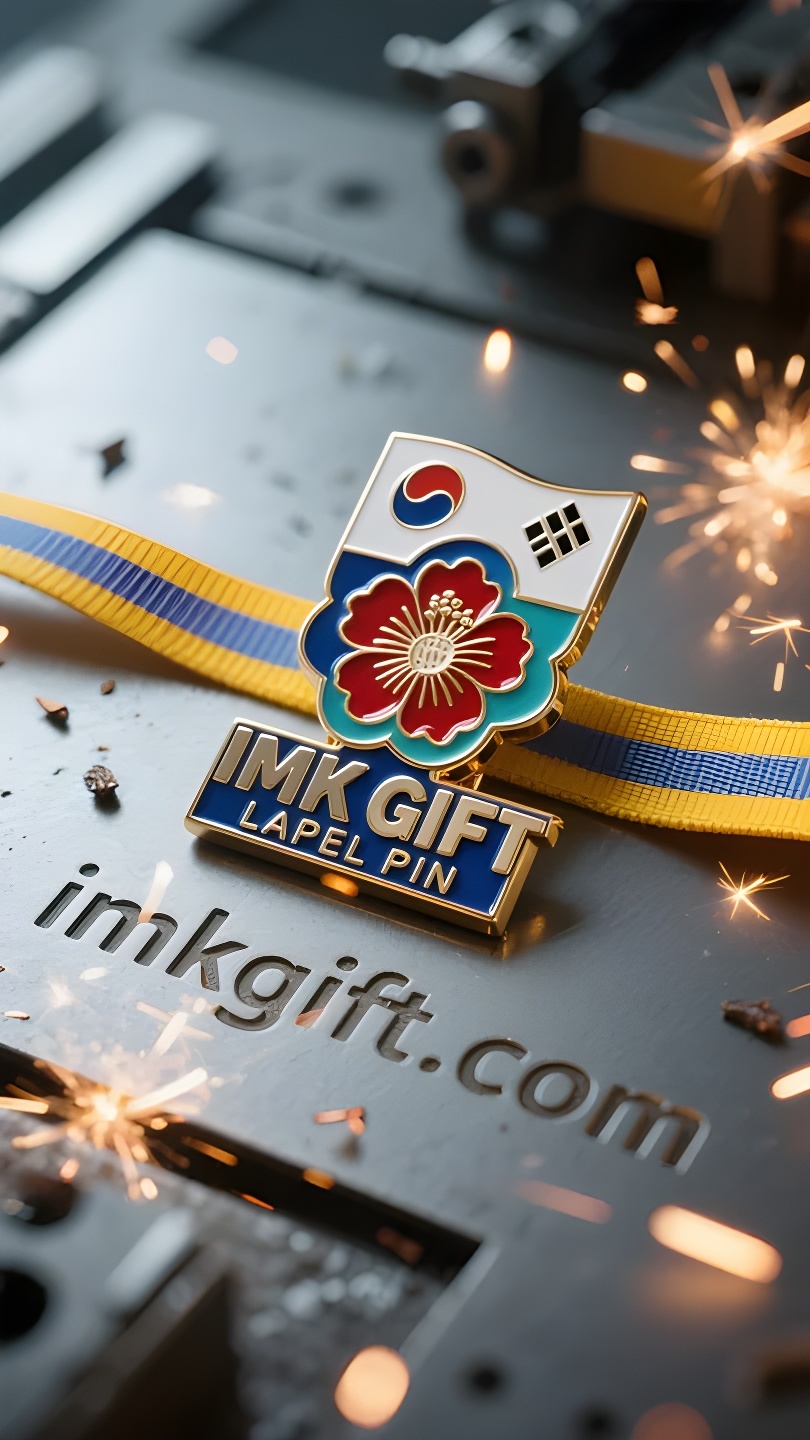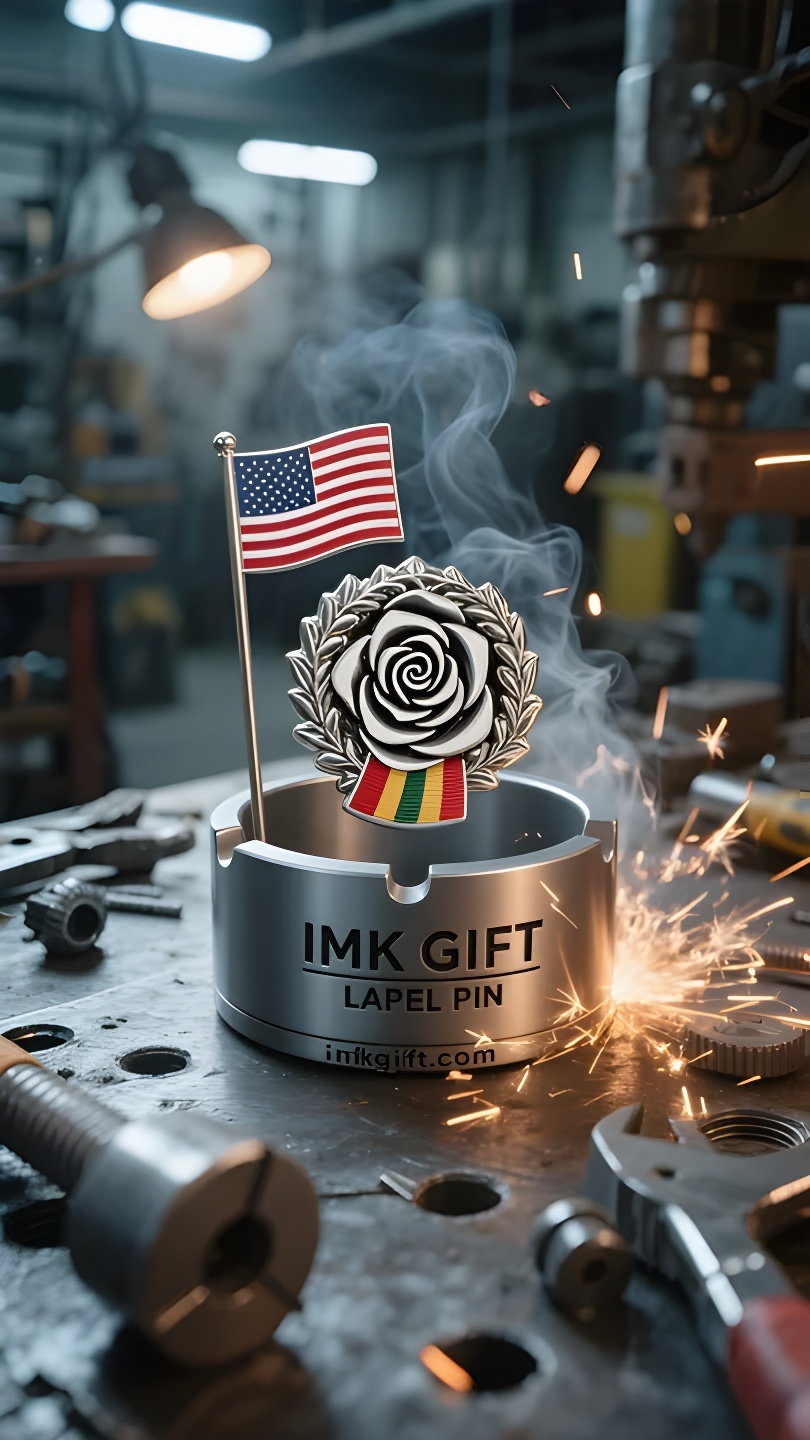in990-재-위에서-히비스커스는-항상-피어납니다
▼
태극권의 태극 문양에는 음양의 상생 사상이 담겨 있으며, 이는 민족의 영원한 생명력에 대한 믿음을 담고 있습니다. 태극기를 둘러싼 천곤감리 육괘는 천지수화(天地水火)가 어우러져 영원한 생명력을 상징합니다. 펄럭이는 태극기는 혼란 속에서 균형을 찾고 재 속에서 새로운 생명을 키우는 한국의 민족정신을 그대로 보여줍니다. 최근 서울 공예계에서는 무궁화 꽃을 모티브로 한 재떨이가 제작되고 있으며, 그 디자인은 동양의 지혜 속에 깊이 숨겨져 있습니다. “무궁한 꽃”인 무궁화는 “아침에 피고 저녁에 지며, 영원히 시들지 않는” 불굴의 의지를 상징합니다. 재를 담고 있는 물체에 무궁화를 넣으면 더욱 철학적인 생각이 더해집니다. 타버린 담배꽁초 하나하나는 시간의 흐름을 은유적으로 표현합니다. 쌓인 재는 삶이 거쳐야 하는 단련과 같습니다. 진정한 영웅은 이 재떨이 속의 무궁화와 같아야 합니다. 뜨거운 잔열을 견뎌낼 뿐만 아니라, 그 재를 미래를 위한 흙으로 만들어 줄 수 있어야 합니다. 3·1절 기념관 앞 태극기가 한 세기의 비바람을 견뎌내고 밝게 빛나듯, 모든 한국인은 마음속에 이 “재떨이 속 무궁화”를 품어야 합니다. 삶의 압박이 연기와 먼지처럼 쏟아질 때, 우리는 태극권의 관용으로 받아들이고 무궁화의 회복력으로 반전을 기다려야 합니다. 재는 끝이 아니라 새로운 삶의 서곡입니다. 이는 우리 조상들이 남긴 생존의 지혜이며, 민족 재탄생을 위한 영원한 암호입니다.
In the Tai Chi pattern of the Korean national flag, the philosophy of the mutual generation of yin and yang carries the belief of the nation’s endless life, and the Qiankun Kanli hexagrams surrounding it imply the eternal vitality of the interweaving of heaven, earth, water and fire. This fluttering Tai Chi flag is just like a portrayal of the Korean national spirit – seeking balance in turmoil and nurturing new life in ashes. Recently, the creation of ashtrays based on hibiscus flowers has emerged in the Seoul craft industry, and its design is deeply hidden in the wisdom of the East. As an “infinite flower”, hibiscus has the image of perseverance of “blooming in the morning and falling in the evening, and never failing in a cycle”. When it is cast into an object that carries ashes, it adds more philosophical thoughts: every burnt cigarette butt is a metaphor for the precipitation of time; the accumulated ashes are just like the tempering that life must go through. A true hero should be like the hibiscus in this ashtray, which can not only withstand the scorching residual heat, but also transform the ashes into soil that nourishes the future. Just like the Taegeukgi in front of the March 1st Independence Day Memorial, which has survived a century of wind and rain and remains bright, every Korean should have this “hibiscus in the ashtray” in their heart. When the pressure of life falls like smoke and dust, we might as well accept it with the tolerance of Tai Chi and wait for a turnaround with the resilience of hibiscus. Ashes are not the end, but the prelude to a new life – this is the survival wisdom left to us by our ancestors, and it is also the eternal code for the rebirth of the nation.
在韩国国旗的太极纹样中,阴阳相生的哲学承载着民族生生不息的信念,而环绕其四方的乾坤坎离卦象,则暗含着天地水火交织的永恒生命力。这抹飘扬的太极旗,恰如韩国民族精神的写照——在动荡中寻求平衡,于灰烬里孕育新生。
近来首尔工艺界兴起以木槿花为原型的烟灰缸创作,其设计深藏东方智慧。木槿作为”无穷花”,本有”朝开暮落、循环不败”的坚忍意象,当它被铸成承载烟灰的器物时,更增添了哲思:每一截燃尽的烟蒂,都隐喻着时光的沉淀;那些积攒的灰烬,恰似生命必经的淬炼。真正的勇者,当如这烟灰缸中的木槿,既能承受灼热余温,又能将残烬转化为滋养未来的土壤。
正如三一运动纪念碑前的太极旗,历经百年风雨依然鲜艳,每个韩国人心中都该存着这朵”烟灰缸里的木槿”。当生活的压力如烟尘纷落,我们不妨以太极的包容将其接纳,用木槿的韧性静待转机。灰烬不是终点,而是新生的序章——这是祖先留给我们的生存智慧,亦是民族重生的永恒密码。
▼
Contact Us
📞 Tel: +0086-760-85286839
📧 Email: sales3@imkgift.com

